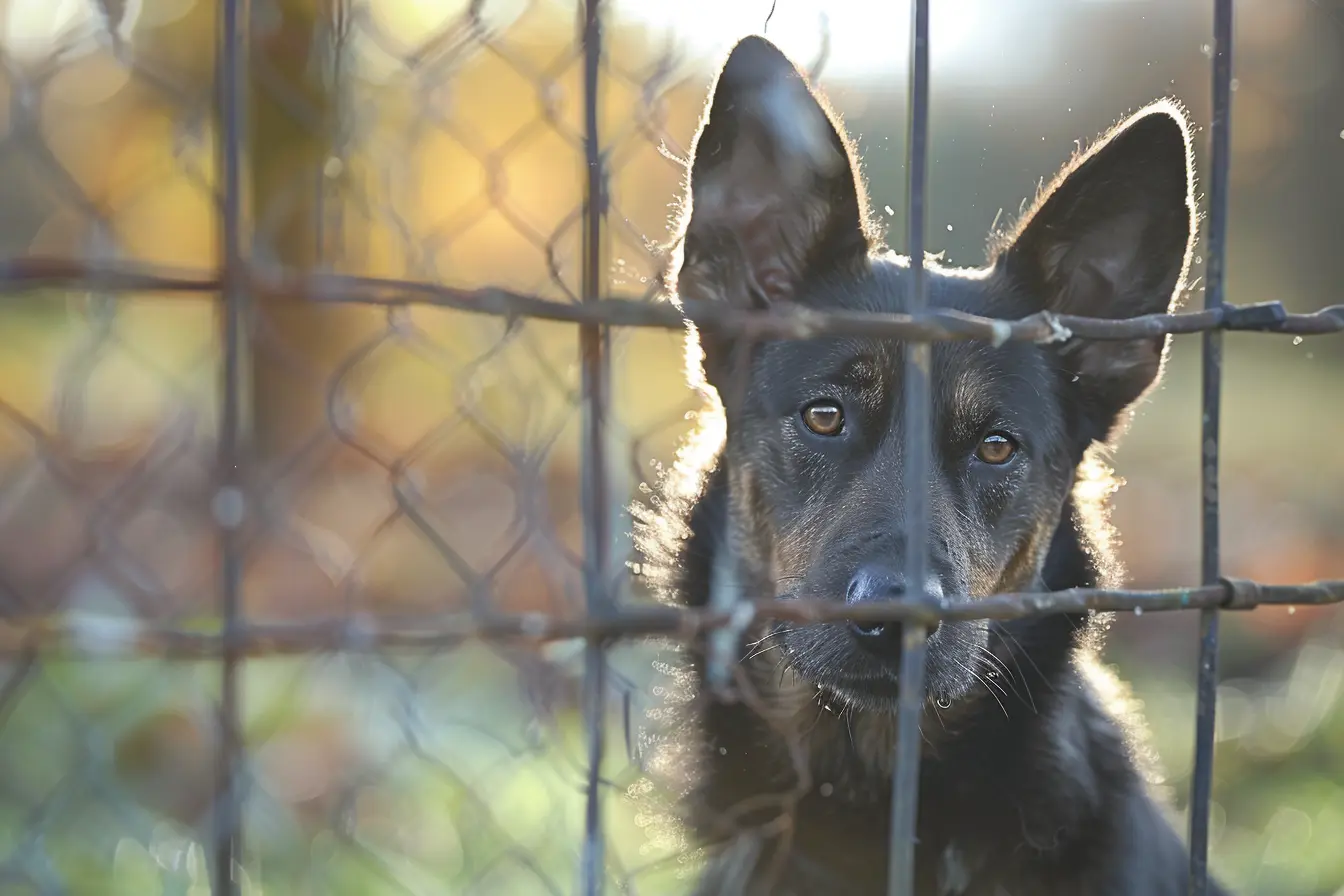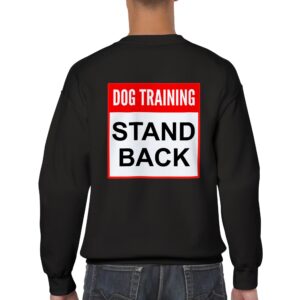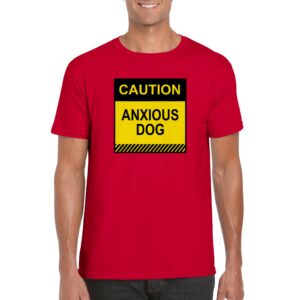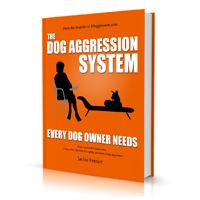Your cart is currently empty!
TYPES OF DOG AGGRESSION

Does your dog sometimes growl, snap, or lunge? Figuring out why your dog acts aggressively can be frustrating. But the good news is, there’s help! There are different types of dog aggression, and understanding them can be the first step to a calmer, happier pup.
Understanding Dog Aggression: Why Knowing the Types Helps
Knowing the different types of aggression helps because they often have different causes. For example, a dog who growls at strangers might be feeling scared (fear aggression), while a dog who snaps at other dogs might be feeling possessive (possessive aggression). Some dogs only display aggression when they feel confined, like when they are on a leash (leash reactivity) or behind a fence (territorial aggression).
Once you understand the “why” behind your dog’s aggression, you can develop a plan to address it.
What Triggers Aggression?
The most important thing is to understand what triggers your dog’s aggression. What kind of situations or things seem to set them off? Keeping a log of these events can help you identify patterns. For instance, does your dog growl at people who get too close to their food bowl? Or maybe they lunge at other dogs on walks? Once you know the triggers, you can start working on ways to avoid them or help your dog feel more comfortable in those situations.
Predicting Triggers: From Type to Situation
Here’s the key: Once you understand the type of aggression your dog is experiencing, it can become easier to predict similar situations that might trigger it. This allows you to be more proactive in managing their behavior.
For instance, a dog with fear aggression toward strangers might also react poorly to sudden movements or loud noises. Recognizing these potential triggers allows you to create a safe space for your dog during walks or introduce guests in a calm and controlled manner.
Learn more about the causes of dog aggression.
It’s Not Always Clear-Cut
It’s important to remember that the categories below are just a guide. Sometimes, a dog might show signs of more than one type of aggression. Aggression can sometimes be linked to other behavior problems, like excessive barking, fearfulness or separation anxiety. This can make things a bit trickier, but don’t worry! If your situation is complex, a veterinarian can consult a veterinary behaviorist in order to help you figure things out.
Here’s a Quick Look at Some Common Types of Dog Aggression:
Most aggression-related behavior has an element of anxiety or frustration at its root. Explore the different categories below to learn more about each type and find resources to help your furry friend.
- Owner Directed or “Dominance” Aggression
- Fear Aggression
- Territorial/Protective Aggression
- Dog-on-Dog Aggression—Related to Dominance
- Dog-on-Dog Aggression— Related to Pack (Sibling)
- Dog-on-Dog Aggression—Related to Fear
- Predatory Aggression
- Possessive Aggression
- Aggression Towards Babies or Children
- Redirected Aggression
- Food-Related Aggression
- Play Aggression
- Maternal Aggression
- Health Related Aggression (general)
- Seizure Related Aggression
- Aggression Influenced by Medications
Remember, this is just a general overview. By understanding the “why” behind your dog’s behavior, you can take steps towards a calmer, happier future for both of you.
You Might Be Interested In
Can Dog Aggression Be Cured?
Keep A Dog From Biting
Treating Dog Aggression
[1]Special report, Cornell University College of Veterinary Medicine Animal Health Newsletter by Cornell University College of Veterinary Medicine Animal Health Newsletter 53 Park Place, New York, NY 10007
ADVERTISEMENT

Keep people away with our Stand back shirts

Anxious Dog Shirts only available in our shop

